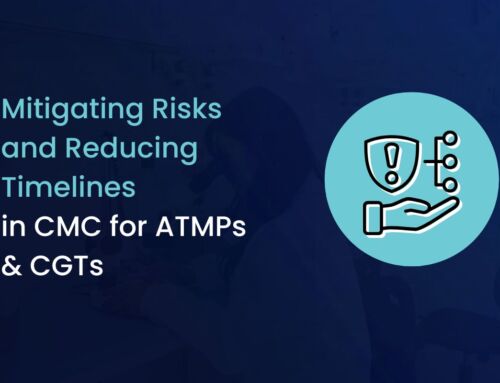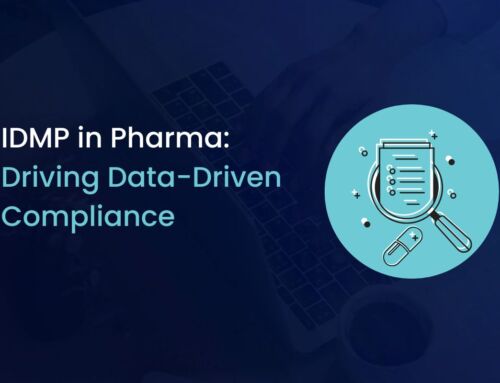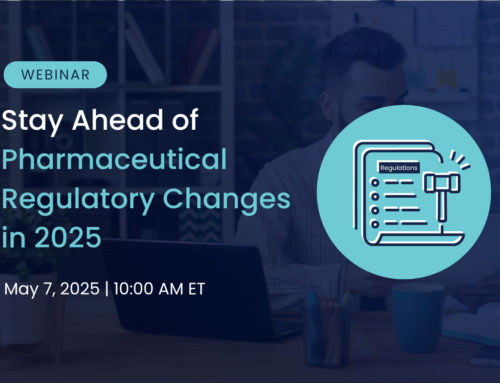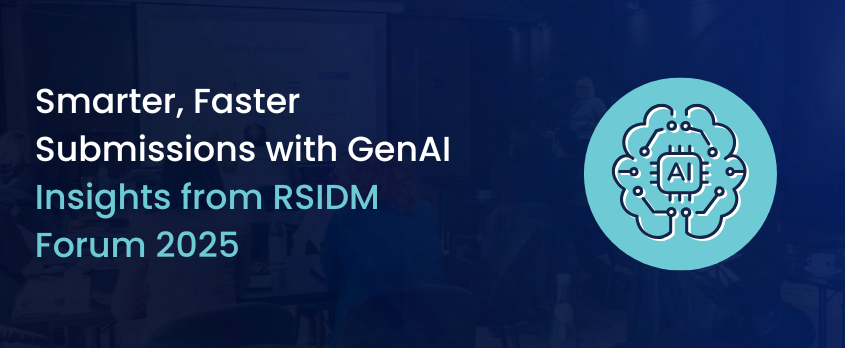
RSIDM Forum 2025: How GenAI is Driving Smarter, Faster Regulatory Submissions
At the RSIDM Forum 2025, industry leaders explored how automation and generative AI (GenAI) are reshaping regulatory submissions. While discussions covered familiar ground, a few key themes emerged, highlighting the evolving landscape of regulatory automation.
From Theory to Practice: Real-World Automation Success
One of the most significant takeaways was that GenAI is no longer theoretical—it’s actively transforming regulatory submissions. Organizations are now leveraging automation to streamline CMC and regulatory documentation, significantly reducing the time and effort required for authoring and reviewing submissions.
- Accelerated Submission Preparation: Tasks traditionally requiring weeks of manual effort, such as Module 2 authoring, can now be completed in minutes.
- Process Validation through Bots: Automated bots are being used to cross-check nonconformances, ensuring accuracy and consistency across documentation.
- Connected Authoring: The integration of content and data libraries allows for lean, efficient document creation, reducing redundancies and improving quality.
Unlock and explore the true value of your regulatory dossiers, NeeS & other regulatory dossier formats in a safe and secure, web-based eCTD viewer.
Shifting Mindsets and Embracing Change
A recurring theme was the need for a cultural shift within organizations. To fully realize the benefits of automation, teams must move away from traditional processes and embrace new ways of working. This includes adopting standards like HL7 FHIR to enable seamless data exchange and ensuring that automation efforts extend beyond clinical documentation to cover the entire product lifecycle.
Key insights included:
- Prompts Matter: Effective prompting is crucial for GenAI success, requiring continuous refinement and collaboration between writers and technology teams.
- ROI Beyond Sales: The true value of automation lies in increased facility capacity, with some organizations reporting a reduction in submission timelines from four years to one, unlocking significant resources.
- Evolving Roles: Regulatory writers are shifting toward prompt engineering roles, where their domain expertise is essential for guiding AI-driven authoring processes.
Balancing Technology with Content Quality
While technology is advancing rapidly, it was clear that success hinges on content quality. Automation works best when source documents are clear, concise, and well-structured. Best practices include:
- Keeping sentences short and focused (ideally under 26 words)
- Maintaining a single “source of truth” for content
- Ensuring continuous improvement through collaboration between writers and AI systems.
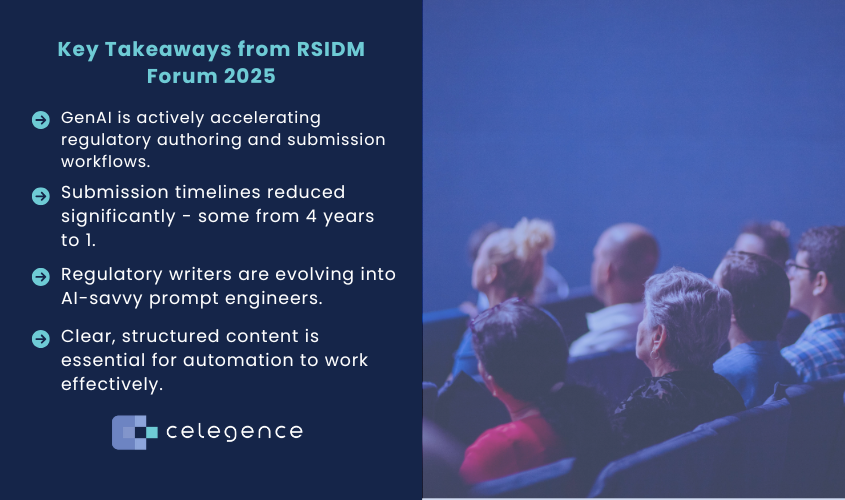
Looking Ahead: Practical Steps for Implementation
The path forward involves a phased approach, starting with automating repetitive, report-driven tasks before expanding to more complex documentation. Companies are seeing significant gains in areas like hyperlinking, document creation, and quality checking, with some reporting up to a 50% improvement in CMC documentation efficiency.
Ultimately, the message was clear: GenAI is not a magic bullet, but when combined with high-quality content and a willingness to embrace change, it can deliver transformative results. As organizations continue to refine their approaches, those that successfully balance technology with domain expertise will lead the way in regulatory innovation.

